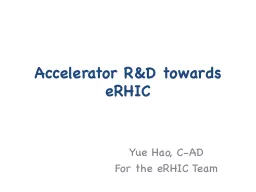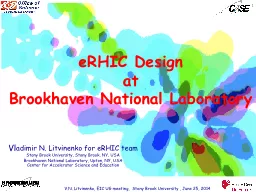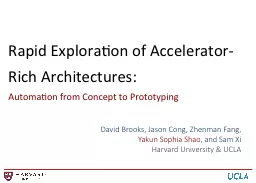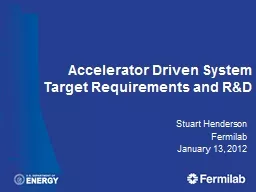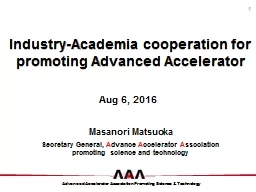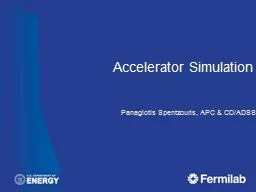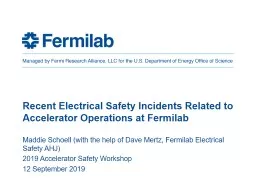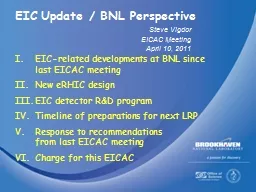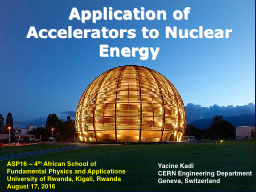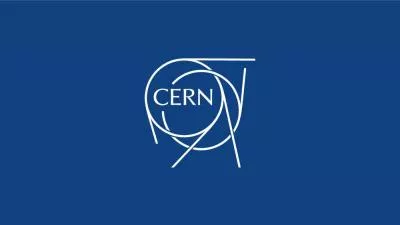PPT-Accelerator R&D towards eRHIC
Author : myesha-ticknor | Published Date : 2015-10-13
Yue Hao CAD For the eRHIC Team eRHIC linacring EIC LinacERL or the luminosity is negligible The first proposed linacring collider 250GeV p 159 e 15e33 cm2 s1 Why
Presentation Embed Code
Download Presentation
Download Presentation The PPT/PDF document "Accelerator R&D towards eRHIC" is the property of its rightful owner. Permission is granted to download and print the materials on this website for personal, non-commercial use only, and to display it on your personal computer provided you do not modify the materials and that you retain all copyright notices contained in the materials. By downloading content from our website, you accept the terms of this agreement.
Accelerator R&D towards eRHIC: Transcript
Download Rules Of Document
"Accelerator R&D towards eRHIC"The content belongs to its owner. You may download and print it for personal use, without modification, and keep all copyright notices. By downloading, you agree to these terms.
Related Documents

